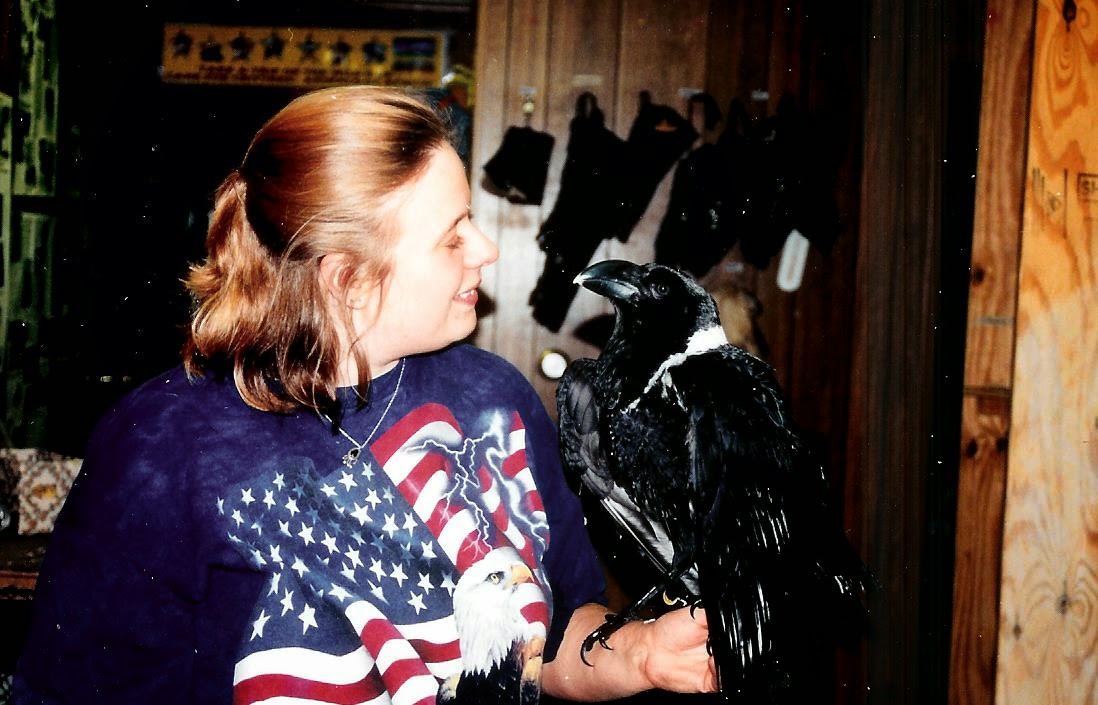On Monday you learned
that 2014 was a successful year in achieving our mission for our wildlife hospital
and environmental education department.
But that is not all we have achieved.
We could not have achieved success in all FOUR of our mission focus
areas without you. As always, we plan to
maintain 37 years of conservation success through 2015 - but we need your financial
support to help us do it.
Please DONATE TODAY to invest in our mission success in 2015.
Field Studies: Fledging Peregrines and Migrating Owls
World Bird Sanctuary’s
Field Studies program experienced success for the fourth year in a row with the
fledging of four peregrine falcon chicks hatched in a nest box supported by
World Bird Sanctuary, Ameren Missouri and Missouri Department of Conservation. If you were glued to the FalconCam like we
were, you know the riveting and compelling hardships that the parents face to
successfully raise their chicks to become self-sufficient wild adults. It was quite a ride!
 |
| Wild Peregrine Falcon tends eggs in the nest box. |
 |
| Young chicks are fed by a parent. |
 |
| Chicks are fully grown and about to leave the nest box to embark on a wild life without their parents. |
Our all-volunteer Bird-Banding
team also took part in the OWLNET Saw-Whet Owl monitoring program for the third successive year – making World Bird Sanctuary the southernmost banding point
for Saw-whet Owls in the country. This program contributes valuable information to a central
database that tracks migration, population numbers and breeding habits of these
birds. This information will be used to
develop and implement preservation strategies for Saw-whet owls around the
country.
 |
| A wild Saw-whet owl isevaluated before being banded and released by the Project OWLNET team. |
To continue our work
monitoring wild populations and developing successful conservation strategies
to preserve species, we need your donation today.
Barn Owls prowl Missouri in numbers again!
World Bird Sanctuary is
proud of the part we played in getting Barn Owls off the endangered species
list in Missouri. Our propagation department has released over 800 barn owls during a 30 year period, and Barn
Owls finally came off the state endangered species list in 2008. We breed Barn Owl adults who raise chicks
that we release to the wild to bolster wild populations. These chicks are released in safe areas and
monitored. The big news in 2014 is that
one of our released barn owl chicks from 2013 coupled with a wild barn owl and
produced her own wild chicks, one year after release. We call that a resounding success, and it
validates the work we love to do!
Donate today and be part
of the solution populating Missouri with threatened and endangered bird species
through our propagation program.
We have over 37 years of
success in achieving our mission through our four focus areas, and numerous
accolades and awards for our achievements in wildlife conservation and
education.
 |
| Watch this video to find out how your investment in our mission makes a difference every day! |
The mission of World
Bird Sanctuary is to preserve the earth's biological diversity and to secure
the future of threatened bird species in their natural environments. We work to
fulfill this mission through education, propagation, field studies and
rehabilitation.
We know that our mission
is important to you too – we invite you to donate today and be part of the
solution to challenges facing our wild birds in the years to come.
The World Bird Sanctuary
is a consistently successful and credible conservation organization, which
makes investing in us one of the safest philanthropic decisions you can make. You know that we will use your donation
wisely. World Bird Sanctuary meets all
20 charity standards set by the Better Business Bureau.
Thank you.
Submitted by Catherine Redfern
















.jpg)









.jpg)
.jpg)
Crop1.jpg)

